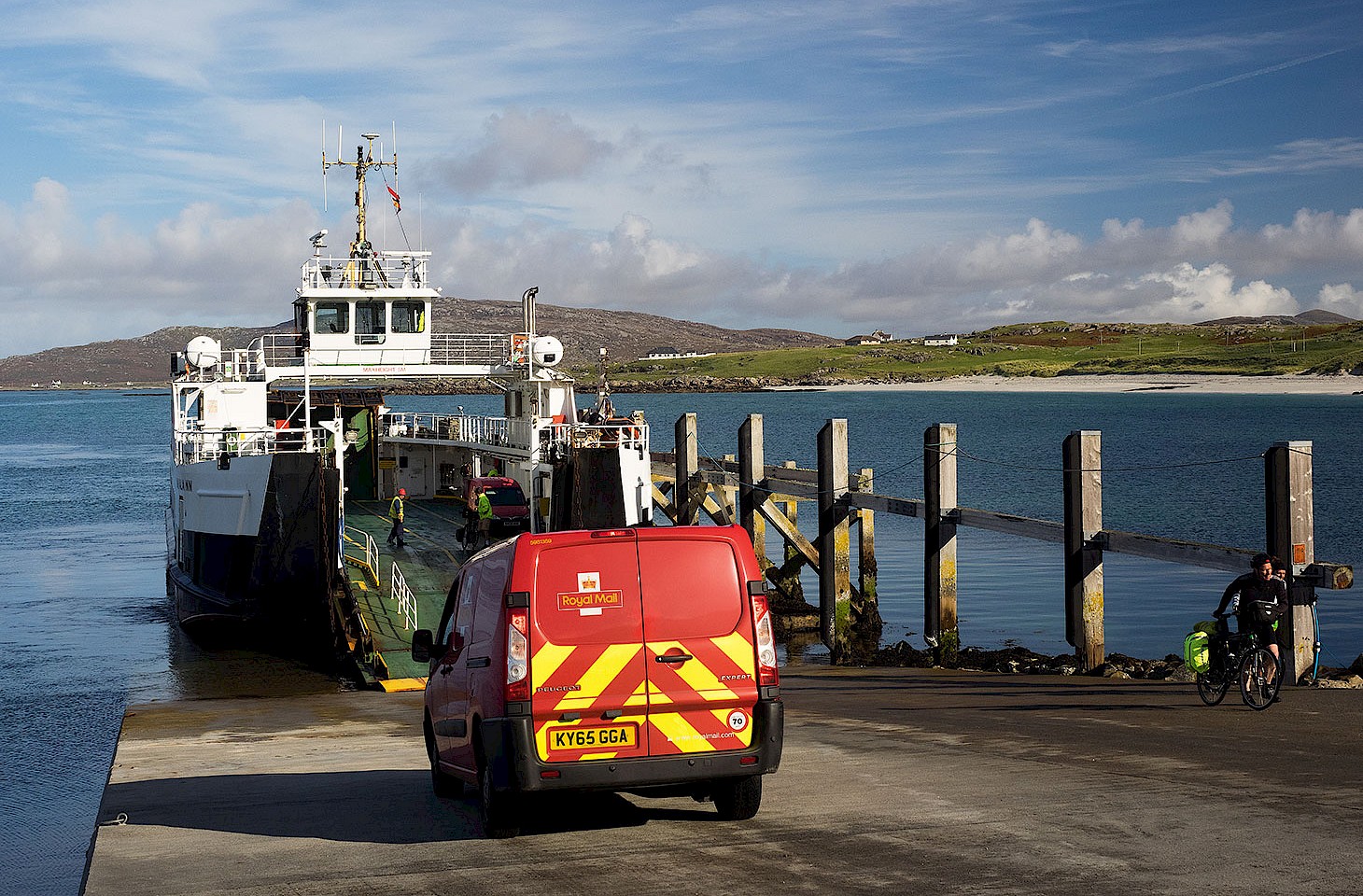The bishop leans back in his chair, looks over towards us and remarks that there is much more to Gotland than just Visby. Sven-Bernhard Fast should know. He presides over an island diocese which has an extraordinary abundance of ancient churches. From Hall and Hangvar in the north to Havdhem and Hamra towards the southern end of Gotland, there are dozens of churches which attest to the wealth of the island in the late mediaeval period.
“This surely wasn’t a bad place to be a peasant,” says Bishop Sven-Bernhard, reflecting on the lot of agricultural workers in Gotland in the 13th and early 14th centuries. “But things changed suddenly with the Danish invasion in 1361. That, and the ensuing plague, led to a downturn in the rural economy of the island.”
“The cathedral here in Visby is by far the most popular tourist attraction in Gotland,” explains the bishop. “Visitors get off the boat and make straight for the cathedral which, along with Visby’s other churches and the fine city wall, help define this place.”
It’s a cue for Bishop Sven-Bernhard to return to one of his favourite themes. “But that wall is a real symbol of historic division on our island. It’s a reminder that Visby was a Hanseatic city with such power and commercial influence that the merchants built a wall to keep rural Gotlanders out of their city.”
“Make time for some of the village churches on Gotland. That’s where you’ll find the spirit of the island,” says the bishop. “Just sit in a pew and listen to seven hundred years of silence.”
Gotland and its near neighbour to the north, the much smaller island of Fårö, are certainly places to savour silence — all the more so outside the brief summer season when, for a few busy weeks, the island is a popular holiday destination for Swedish families from the mainland.
The Bergman link
It’s only early September, but Fårö is already slipping into winter. Kerstin Kalström is shifting into low-season mode. “No-one understood the value of silence more than Ingmar Bergman,” she observes. The accomplished Swedish filmmaker found a peace in Fårö which had elided his early years. “He first came here in 1960,” explains Kerstin, “while he was looking for a budget location for shooting Through a Glass Darkly.”
“Now that’s a film where silence really speaks volumes,” adds Kerstin, a one-time school teacher turned Bergman-expert who now manages the visitor centre on Fårö dedicated to the island’s close links with Bergman. It’s based in a former school, the very same building where Kerstin once taught.


